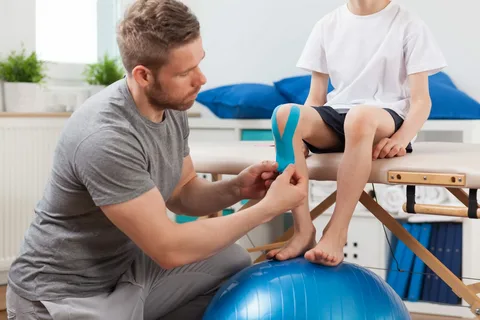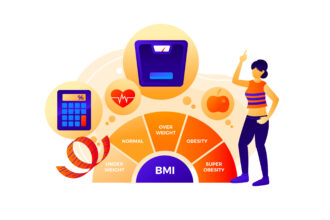As we age, the body undergoes various physical changes that may affect mobility, balance, posture, and general comfort. These shifts can influence daily life in subtle and pronounced ways, often leading to compensatory patterns, stiffness, or discomfort. Rolfing therapy offers a thoughtful and adaptable approach for older adults in Tampa who are seeking gentle, effective support for these challenges.
Originally designed to improve structural alignment and movement efficiency, Rolfing is increasingly recognized for its applications with aging populations. When delivered with care and attention to individual needs, it may enhance quality of life, improve range of motion, and help seniors reconnect with their bodies in a supportive and affirming manner.
Understanding the Aging Body
With advancing age, the body often experiences reduced elasticity in connective tissue, loss of muscle tone, and joint degeneration. Bones become less dense, cartilage may wear down, and fascia can become more restricted. These changes may result in postural collapse, shorter stride, increased rigidity, and a heightened risk of falling.
Additionally, older adults sometimes adopt protective movement patterns after injury or surgery. While adaptive in the short term, these patterns may contribute to discomfort over time. Rolfing therapy can address these habitual restrictions by gently working with the body’s fascia to restore alignment and ease of movement.
How Rolfing Is Adapted for Seniors
Rolfing sessions for older adults are not identical to those designed for younger individuals. Before beginning treatment, a skilled Rolfer considers the client’s physical history, current conditions, and goals. Sessions typically involve slower pacing, lighter touch, and increased verbal feedback to ensure comfort and clarity.
Rather than focusing exclusively on structural change, sessions may emphasize support, stabilization, and awareness. For example, a practitioner may work with the client’s breathing patterns, seated posture, or how they transition between sitting and standing. These seemingly simple movements can have a meaningful impact on a senior’s sense of confidence and mobility.
Postural Benefits and Balance
Postural decline is common with aging and often results in a forward head position, rounded shoulders, and a shifting center of gravity. These changes affect physical appearance and increase the effort required for basic tasks such as walking or reaching.
Through hands-on manipulation and movement education, Rolfing can help realign the body’s structure and improve spatial orientation. By addressing fascial tension that may pull the body out of balance, practitioners support clients in standing more upright with less strain. This can, in turn, enhance balance and reduce the likelihood of falls, which is a significant concern among seniors.
Enhancing Comfort and Ease of Movement
Many older adults experience stiffness in the hips, shoulders, and spine, which may reduce their enjoyment of everyday activities. Rolfing therapy works to soften and lengthen tight fascia, which can alleviate pressure and increase joint mobility. Clients often feel more relaxed, lighter, or spacious after a session.
This sense of ease is not limited to physical sensations. When movement becomes more fluid and less effortful, it often brings a renewed sense of possibility. Gardening, walking, or playing with grandchildren may once again feel accessible and enjoyable.
Supporting Emotional Well-Being
The aging process is not solely physical. Many seniors face emotional challenges related to loss, isolation, or diminished independence. When approached with care and respect, bodywork can offer comfort, presence, and connection. The therapeutic touch involved in Rolfing sessions may help ease anxiety, promote relaxation, and foster a positive relationship with one’s body.
Somatic awareness, often part of a Rolfing session, encourages clients to notice sensations and responses without judgment. This mindful attention may support emotional resilience and offer seniors a renewed sense of agency in how they inhabit their bodies.
A Safe and Respectful Practice
It is worth noting that Rolfing for seniors is not about fixing the body or imposing change. It is a collaborative process that honors each individual’s unique experiences. A practitioner tailors each session to meet the client’s needs and comfort level, often working in small increments and checking in frequently.
Clients are encouraged to move at their own pace and to provide feedback during and after sessions. This ensures the work remains grounded in the client’s goals and capabilities while inviting growth and transformation.
Experience Thoughtful Care at Williams Rolfing
Older adults in Tampa seeking gentle, personalized care through Rolfing therapy can turn to Williams Rolfing. With a deep respect for the aging process and a commitment to supporting well-being at every stage of life, the practice offers a welcoming space where seniors can explore movement, comfort, and balance with confidence.
Rolfing in Tampa is not reserved for athletes or the young. It can be a compassionate and effective resource for seniors who wish to move through life with greater ease and renewed connection to their bodies.

















